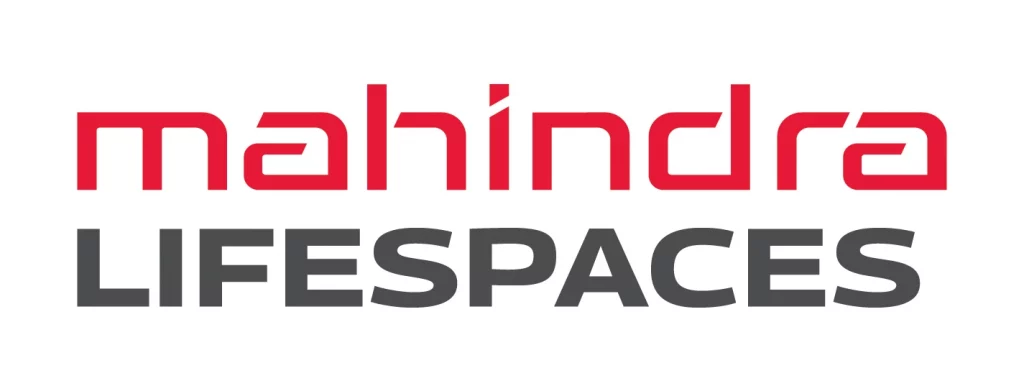What makes for a Great Workplace?

“You are not here merely to make a living. You are here in order to enable the world to live more amply, with greater vision, with a finer spirit of hope and achievement. You are here to enrich the world, and you impoverish yourself if you forget the errand.”
Woodrow Wilson
A great workplace, to paraphrase Woodrow Wilson, is one where employees work not merely to make a living but also to enrich the world by creating better products, delivering superior service and giving back to society. As a result, they not only satisfy different stakeholders, but create an emotional attachment with them.
What are the characteristics of a great workplace?
– Great workplaces have associates (vis-a-vis ‘employees’) and they make sure that everybody understands the difference.
– Associates are raring to go to work every morning and are deeply engaged in what they do.
– A great workplace has a clear and compelling vision, and a strong sense of purpose, with the result that associates are galvanized to go beyond their job descriptions.
– They are values-driven and believe that values are the key determinant of success. Consequently, they invest time and resources in reinforcing core values, with the objective of creating an enabling environment for associates to ‘live’ these values at work. In addition, a high degree of trust pervades through the organization. Other fundamental values like mutual respect, fairness and transparency are manifest in the actions and words of associates. Leaders role-model the behaviors related to core values and take prompt corrective action towards deviant behavior. Systems and processes are aligned to these values and behaviors, which, with the passage of time become the culture and fabric of the organisation.
– Great workplaces are usually ‘Associate First’. Holistic professional growth and a sense of family at the workplace are a given. Consequently, associates tend to exhibit fiduciary behaviors and go the extra mile to achieve organisational goals.
– Associates take immense pride in the organization and act like ambassadors when they interact with other stakeholders and the world at large.
– Great workplaces are boundaryless. In other words, there are no horizontal/invisible boundaries at a great workplace; in other words, there is no inter-departmental hierarchy which tends to impede communication. Boundary-spanning is a norm. Constant communication across levels and departments leads to better alignment with the vision, mission and goals of the organisation.
Who is responsible for creating a great workplace? Leadership is an obvious answer and one that comes first to mind. While leadership certainly shapes organisational culture and ethos, the fact is that great workplaces are an outcome of behaviors, values and best practices as demonstrated by all associates, including leadership!
Great workplaces are boundaryless. In other words, there are no horizontal boundaries, or invisible boundaries between departments; or vertical boundaries i.e. an overt hierarchy; which tend to impede communication. Boundary-spanning is a norm. Constant communication across levels and departments leads to better alignment with the vision, mission and goals of the organisation.
– Internal customership is a norm. Departments, teams and individual associates treat each other like customers. As a result, they are sensitive to each other’s needs and goals. This approach leads to meaningful conversations between departments leading to prompt decision-making, seamless problem solving and efficient goal achievement.
– There is a culture of learning wherein associates/employees unconditionally share their knowledge and skills with each other, thereby improving their capacity to produce results. Individualistic tendencies like ‘knowledge hoarding’ are shunned and a spirit of collectivism is encouraged.
– Leaders are approachable and supportive. An open-door environment is a given. In fact, leaders go beyond ‘open door’ by going to associates when they need them. Hence, they can be spotted at the work stations of their associates. The atmosphere in such a scenario is egalitarian.
– Recognition is spontaneous and not just down the line, but also peer-to-peer and up the line. There are well-designed rituals for celebrating achievements.
– There is a culture of discipline and associates tend to do the right things at the right time and place even when nobody is watching. Overt policing is not evident and deviants tend to stand out.
– A sense of belonging is all pervasive in the workplace. A lot of associates have their best friends at the workplace and some of these relationships are life-long. When an associate faces adversity, he/she receives support from their co-workers who don’t hesitate to pitch in to make a difference.
– They empower their associates and there are well defined guidelines and systems to decentralize decision -making.
– They are perceived as good corporate citizens as they support important social causes in the community. They have well-designed initiatives and activities and associates are encouraged to volunteer for these social causes based on their interests.
– The role of leaders in driving engagement and creating a great workplace cannot be understated. It is their values, behaviours and standards that become the benchmark for the organization. Therefore, it is imperative that they role model high standards. Leaders must be deeply committed to creating, maintaining and sustaining these high standards which become the culture of the Company in due course.
– As important stakeholders, associates need to realise that they spend most of their waking hours in the workplace. Therefore, it makes sense to be involved in contributing to a workplace which gives them a sense of achievement, family and satisfaction. Consequently, their role should not be limited to respecting and adhering to the values and standards of the organization. On the contrary, they must believe that it is their responsibility to improve systems, processes and standards in the organization by leveraging on the ideas and creativity of their fellow team members. They need to speak-up when the written and unwritten codes of conduct are violated. There will be some areas in the organization where leaders have limited influence like the fun quotient. This is where associates can take the initiative and create micro-standards to drive engagement.
– A great workplace is a moving target and to remain one, the organization has to constantly raise the bar. This is best done by both leaders as well as associates at large.
Leadership
Great workplaces usually have leaders with strong people focus. Some of the traits of such leaders are:
– They have a compelling vision for the organisation’s people practices – one that is noble and aspirational – and helps galvanise teams.
– They are more egalitarian in their outlook.
– They have a strong development orientation, playing the roles of teachers, coaches and mentors interchangeably.
– They create a listening environment at the workplace and as a result, associates are comfortable to share ideas – even to tell the emperor that he has no clothes!
– They are not scared to admonish anyone when things go awry. Instead they investigate why things went awry in the first place and then initiate action, which is more corrective than punitive. Lessons are drawn and shared to prevent recurrence. Associates, therefore, learn not just from their mistakes, but from other too.
















